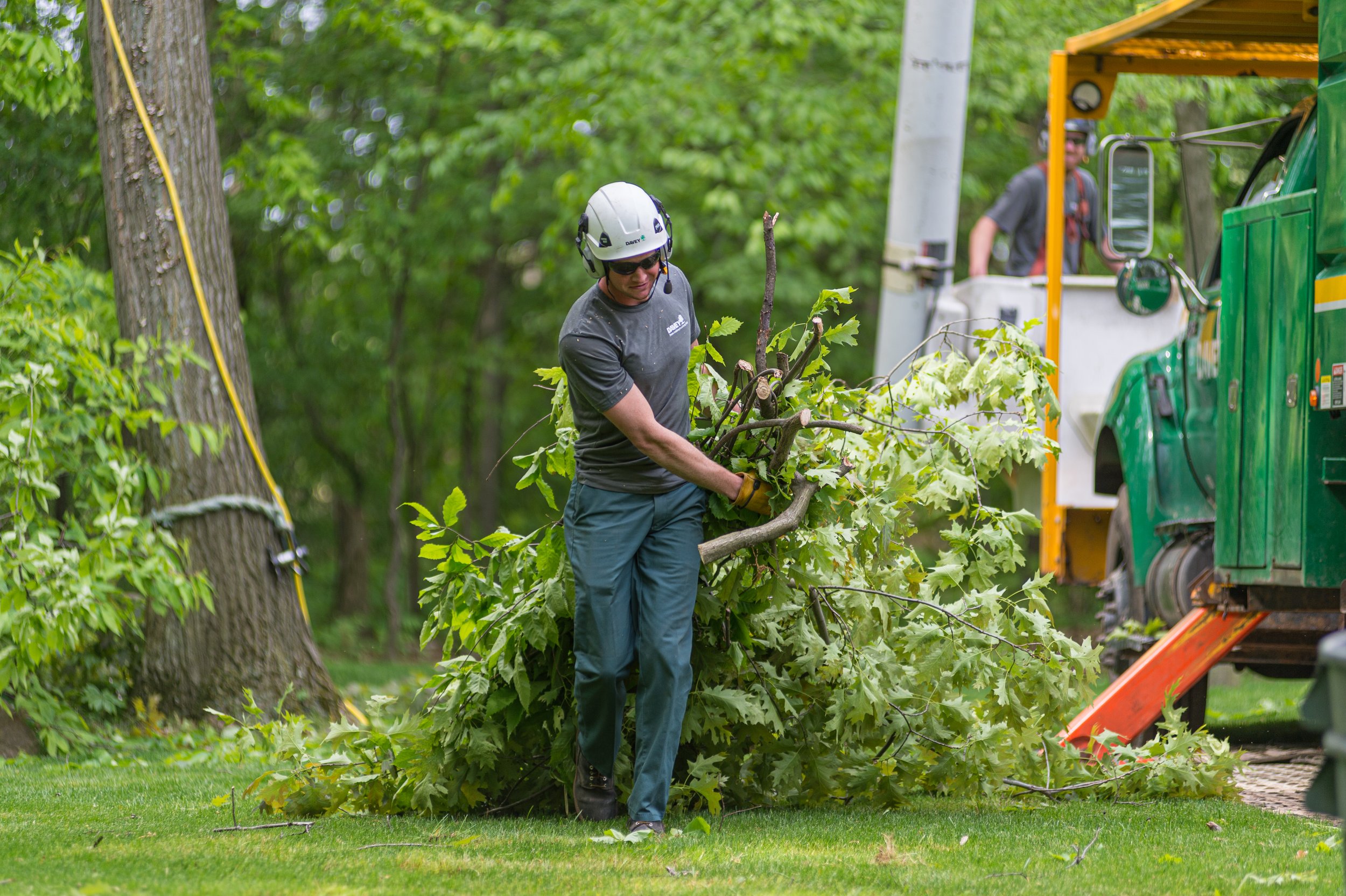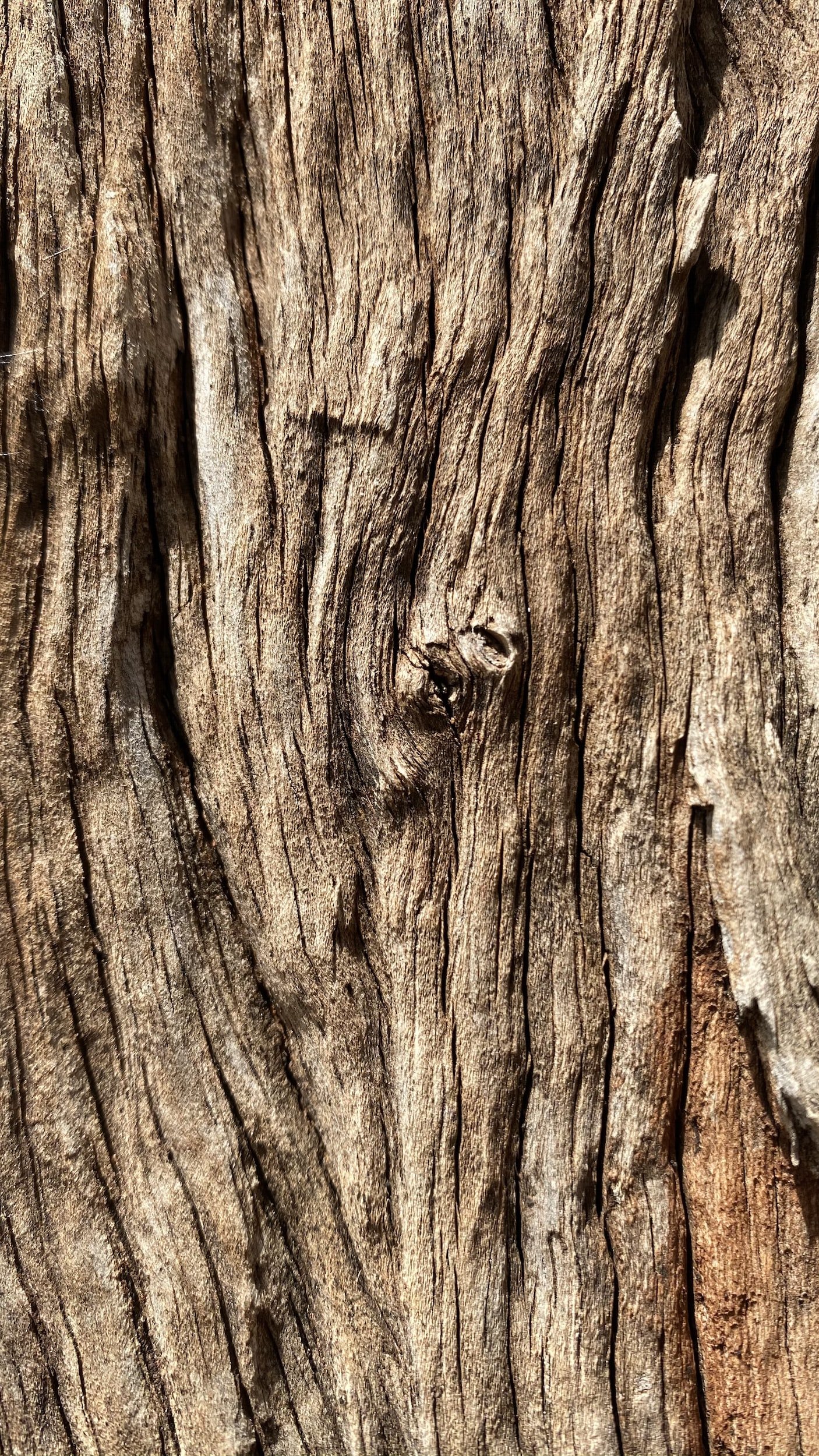
TREE & LAWN CARE BLOG
Signs It's Time to Remove a Tree: Insights from Professional Arborists
In the world of tree care, arborists play a crucial role in ensuring the health and safety of our urban forests. These skilled professionals are trained in the art and science of tree care, and they are equipped with the knowledge and expertise to identify and address a wide range of tree problems. One of the key responsibilities of arborists is determining when it's time to remove a tree. In this article, we will explore the common signs of tree problems, the importance of identifying tree pests and diseases, and the dangers of DIY tree removal. We will also discuss the benefits of hiring a professional arborist for tree removal, factors to consider when choosing an arborist, and the process of tree removal. Finally, we will touch on tree care and maintenance after removal. So, let's dive in and learn more about the signs it's time to remove a tree.
The Role of Arborists in Tree Care
Before we delve into the signs that indicate a tree may need to be removed, let's take a moment to understand the important role that arborists play in tree care. Arborists, also known as tree surgeons or tree doctors, are highly trained professionals who specialize in the care and maintenance of trees. They have a deep understanding of tree biology, growth patterns, and the various factors that can affect tree health. Arborists are equipped with the knowledge and tools necessary to diagnose and treat tree problems, and they are skilled in performing a wide range of tree care services.
Arborists are responsible for assessing the overall health and condition of trees, identifying potential issues, and implementing appropriate solutions. They can provide valuable insights into the needs of individual trees, including pruning requirements, fertilization schedules, and disease prevention strategies. Arborists also play a crucial role in tree preservation and conservation efforts, working to protect and maintain the urban canopy for future generations. By partnering with arborists, homeowners, property managers, and municipalities can ensure the long-term health and vitality of their trees.
Common Signs of Tree Problems
Trees are living organisms that can be affected by a variety of issues, ranging from environmental stressors to pests and diseases. Identifying the signs of tree problems is essential for maintaining the health and safety of your trees. Here are some common signs that may indicate a tree is in distress:
Leaf Discoloration and Abnormal Growth Patterns
Dead or Dying Branches
Bark Damage and Decay
Tree Pests
Tree Diseases
When Tree Removal Is Necessary
While arborists strive to preserve trees whenever possible, there are circumstances when tree removal is the only viable option. Here are some situations where tree removal may be necessary:
Structural Instability
If a tree is structurally compromised and poses a significant risk to people or property, it may need to be removed. Signs of structural instability include large cavities or hollow areas in the trunk, extensive decay, or leaning at an angle greater than 15 degrees. In such cases, the tree may be at risk of falling during storms or high winds, posing a danger to nearby structures or individuals.
Severe Disease or Pest Infestation
In some cases, tree diseases or pest infestations can be so severe that they cannot be effectively treated, and the tree's overall health and vitality are compromised. If an arborist determines that a tree is beyond saving and poses a risk of spreading pests or diseases to nearby trees, removal may be necessary to protect the rest of the landscape.
Obstruction or Interference
Trees that obstruct power lines, impede construction projects, or interfere with the growth of other desirable trees may need to be removed. In urban environments, trees must coexist with other infrastructure and landscape elements. If a tree is causing significant interference or poses a safety risk, removal may be the most practical solution.
It's important to consult with a professional arborist to assess the specific circumstances and determine whether tree removal is the best course of action.
Call an arborist who will provide high-quality tree removal services.
Is My Crepe Myrtle Tree Diseased?
Crepe Myrtle Disease Trunk
To determine if your crepe myrtle is diseased, you can look for certain signs and symptoms that may indicate a problem. Here are some common indicators to watch for:
Leaf Discoloration: Check for unusual discoloration on the leaves, such as yellowing, browning, or spotting. This can be a sign of various diseases affecting crepe myrtles.
Leaf Spotting: Look for the presence of spots or lesions on the leaves. Fungal diseases like Cercospora leaf spot or powdery mildew can cause characteristic spots or powdery patches on the foliage.
Leaf Deformities: Examine the leaves for deformities or abnormalities like curling, cupping, or distortion. Certain pests or diseases can cause these changes in the leaf structure.
Powdery Coating: A powdery white or grayish substance on the leaves, stems, or buds may indicate powdery mildew, a common fungal infection affecting crepe myrtles.
Bark Issues: Inspect the bark for any signs of cracking, splitting, peeling, or discoloration. These symptoms may indicate a disease or physical damage to the tree.
Twig Dieback: Look for branches or twigs that appear dead, with no leaves or signs of new growth. This can be a result of disease or environmental stress.
Abnormal Growth Patterns: Observe the overall growth pattern of the tree. If you notice stunted growth, excessive wilting, or lack of vigor compared to other crepe myrtles in the vicinity, it could be a sign of an underlying issue.
It's important to note that some symptoms, like leaf discoloration, can also be caused by factors such as inadequate watering, nutrient deficiencies, or environmental stress. If you suspect that your crepe myrtle is diseased, it's recommended to consult with a certified arborist, horticulturist, or local extension service for a proper diagnosis and guidance on appropriate treatment options. They can provide specific recommendations based on the particular disease affecting your crepe myrtle and suggest the best course of action to restore its health. Click the link below to be connected with an arborist for more information!
CALL AN ARBORIST
Why Is My Tree Cracking In Winter?
Dramatic temperature changes in winter can affect all types of trees and shrubs. The most common bark damages to occur during winter are sunscald and frost cracks. Both of these can affect the overall health of your trees if they aren’t mitigated early enough or properly. Read more below on how to care for winter damage on trees below.
What is sunscald?
While all trees are susceptible to sunscald, it is primarily found on young, thin-barked, ornamental and fruit trees. When temperatures change rapidly, it causes death in the cells of the bark. During winter, the frozen tissue of your trees is repeatedly frozen and thawed from sunrise to sunset. The trunk tissue death is not always seen immediately, though, so it is important to look for other signs such as:
cracking of the bark
discolored bark
“bleeding” in the spring from the affected area
How do I protect my trees from sunscald or winter damage?
The best practice for healthy trees is always having regular consultations with your local certified arborist or tree care expert. They will develop a tree health care plan to make sure your landscape is ready for the changing of seasons. Regular pruning, removing any dead or diseased limbs, watering in winter and wrapping the lower trunk of your trees in a light colored dressing for winter are all best practices to keeping your trees safe from winter damage.
If your trees are showing signs of winter damage from the recent temperature change, give us a call today to speak with one of our certified arborists on staff by clicking the link below!






